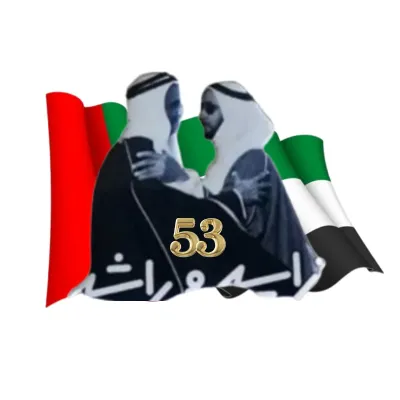Meaning of Colors in Flag of Tunisia
Meaning of Colors in Flag of Tunisia
The flag of Tunisia is a vibrant emblem that reflects the nation's rich history, culture, and values. Composed of a striking red background adorned with a centered white circle containing a five-pointed star and a crescent, this flag holds profound symbolism deeply rooted in Tunisia's past and present. Each element, from the colors to the symbols, carries significant meaning, reflecting various aspects of Tunisian heritage, identity, and aspirations.
Red: Symbol of Sacrifice, Struggle, and Revolution
The bold red background of the Tunisian flag embodies the spirit of sacrifice, struggle, and revolution. Red is a color charged with symbolism in Tunisian culture, representing the bloodshed and sacrifices made by generations of Tunisians in their pursuit of independence and freedom. It serves as a tribute to the martyrs who fought against colonialism and oppression, as well as those who continue to strive for social justice and equality within the nation. Moreover, red symbolizes the energy, determination, and resilience of the Tunisian people in the face of challenges and adversity.
White: Emblem of Peace, Purity, and Hope
The centered white circle on the Tunisian flag symbolizes peace, purity, and the aspirations of the Tunisian people for a better future. White is associated with purity, truth, and enlightenment in Tunisian culture, representing moral integrity and harmony. It reflects Tunisia's commitment to peace and stability, both domestically and internationally, as well as its desire for unity and reconciliation among its diverse population. Additionally, white embodies the hope and optimism of the Tunisian people for a brighter tomorrow, free from oppression, corruption, and injustice.
Star and Crescent: Symbols of Islam and National Identity
The central motifs of the star and crescent within the white circle are iconic symbols deeply intertwined with Tunisia's Islamic heritage and national identity. The five-pointed star represents the five pillars of Islam, the core tenets of the faith, and serves as a reminder of Tunisia's status as a predominantly Muslim nation. It symbolizes faith, spirituality, and divine guidance, as well as the unity and solidarity of the Tunisian people under the banner of Islam. The crescent, a symbol commonly associated with Islam, represents the lunar calendar, the passage of time, and the cyclical nature of life. It also serves as a symbol of light, enlightenment, and hope, guiding the way forward for Tunisia as it navigates the complexities of the modern world.
Unity in Diversity: The Interplay of Symbols
The combination of red, white, the star, and crescent in the Tunisian flag represents the unity and diversity of the Tunisian people, as well as their shared values, aspirations, and heritage. Together, these elements form a cohesive emblem of Tunisian identity, reflecting the nation's history, culture, and values. The flag serves as a unifying symbol that transcends individual differences and fosters a sense of national pride and belonging among Tunisians worldwide. It encapsulates the resilience, diversity, and indomitable spirit of the Tunisian people as they continue to chart their course towards a brighter future.
Conclusion:
The flag of Tunisia is more than just a piece of cloth; it is a powerful symbol of national identity, heritage, and aspirations. Through its bold colors and iconic symbols, the Tunisian flag encapsulates the essence of the nation's history, culture, and values. Red symbolizes sacrifice and revolution, white represents peace and hope, while the star and crescent embody Islam and national unity. As Tunisia continues to navigate the complexities of the modern world, its flag remains a steadfast reminder of the resilience, diversity, and indomitable spirit of its people.
Spotlight on Trending Promo Gear
Browse the most popular and trending Corporate Gifts





















